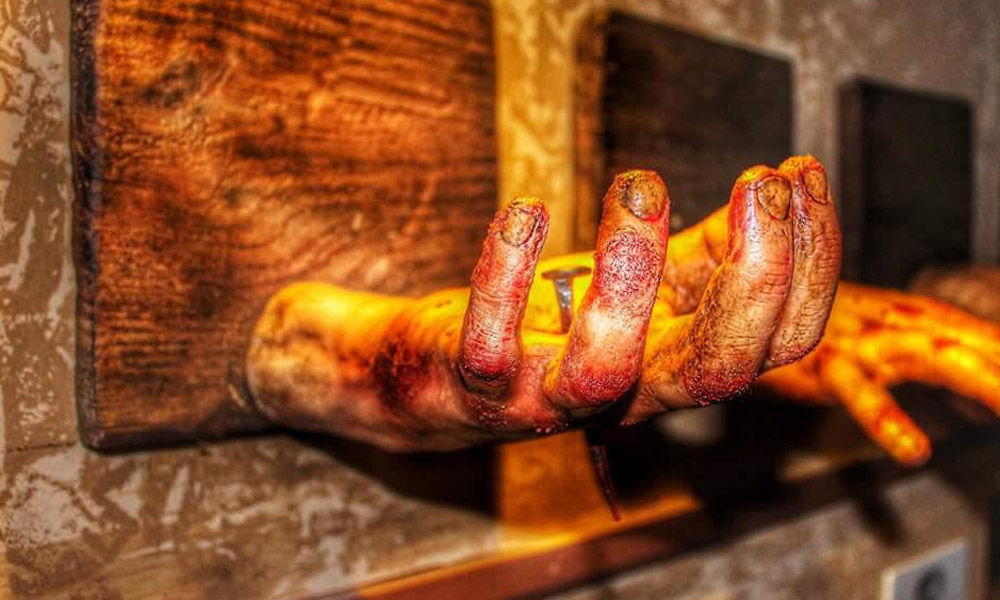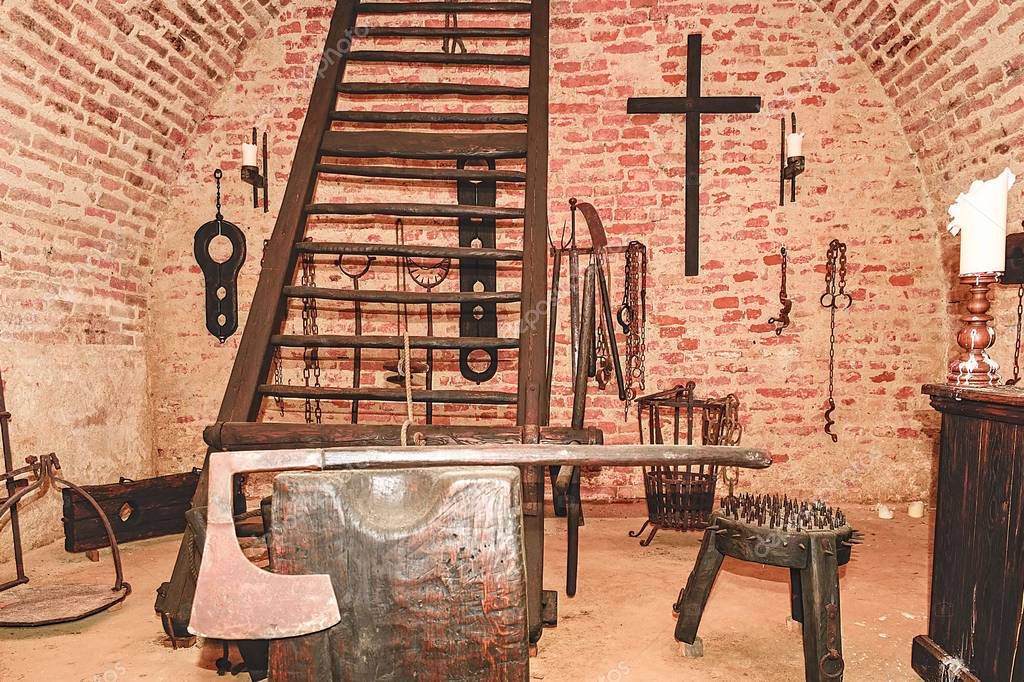

It was an image popularly used by Protestant reformers as anti-clerical propaganda, in the literal sense of the word. The Judas Cradle - A terrible medieval torture where the victim would be placed on top of a pyramid-like seat. The clothes / fashion are clearly not ‘medieval’. (5) the illustration accompanying this article depicts a scene from the mid to late 17th century or perhaps even early 18th.

The civil courts routinely used torture to extract confessions of guilt (forensics being a limited or unknown methodology) so it was not only the Church using it. In some countries it is routinely practised even today, from ‘waterboarding’ & psychologicla torture in the US to more basic forms in China, North Korea and so on. (4) Torture was used by all arms of the judiciary throughout the Middle Ages – and beyond – well into the 18th century, in fact. The medieval period was a violent, bloodthirsty era in history, where the government and the religious officials used sadistic torture to punish suspected criminals and induce confessions. Technological, yes, ‘enlightened’? – maybe, maybe not. Burning, beating, and suffocating were very common techniques that were used in medieval torture methods, surprisingly, the Roman Catholic Church was heavily involved in medieval torture. Was it ‘more enlightened’? The jury’s out on that, just as it out on whether we live in a more ‘enlightened’ age ourselves. Medieval torture devices were very gruesome and torture techniques advanced as the medieval period progressed. was coined by renaissance era scholars to try and put a distance between what they regarded as their ‘more enlightened’ time, and what went before back to the Roman empire. Based on historical documents and engravings, we have amassed an unprecedented collection of cruelty, re-creating the atmosphere that prevailed. They naturally regarded themselves as living in the modern world as much as we do. The 'Medieval Torture Museum' reminds us just how much suffering humanity can inflict in the name of cause and justice when the right tools are placed in the hands of fanatics, madmen and tyrants. (2) The people who lived during the Middle Ages didn’t regard it as the ‘Middle Ages’ or themselves as ‘medieval’ – anymore than we regard ourselves as being in ‘the middle’ (‘medieval’) of anything or ‘between’ any stages of human history. It doesn’t cover the entire ‘medieval’ period (500 – 1500 AD) (1) the Dark Ages refers generally to the period from the collapse of the Roman Empire (475 AD) to about the first millennium (1000 AD).


 0 kommentar(er)
0 kommentar(er)
